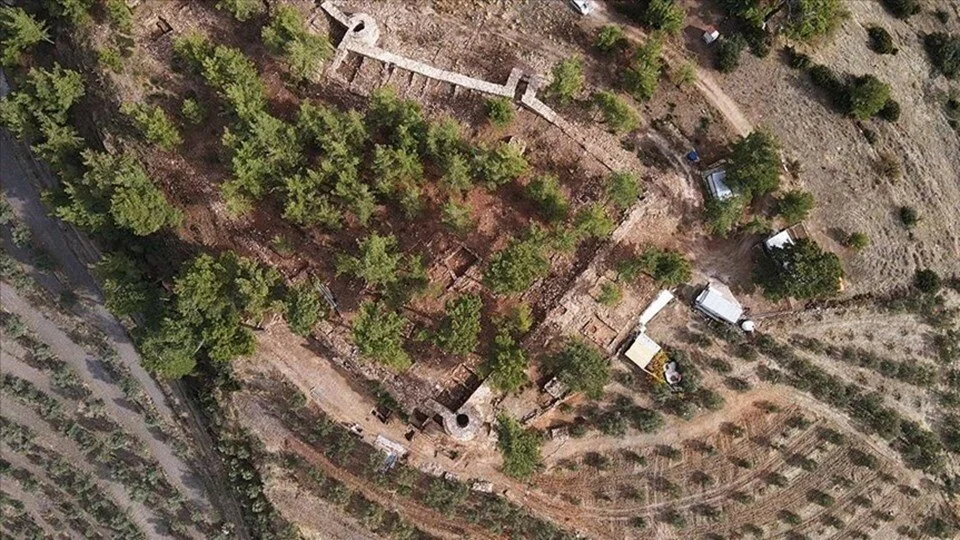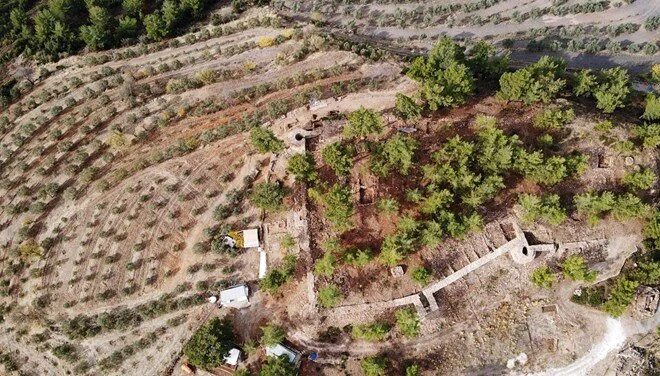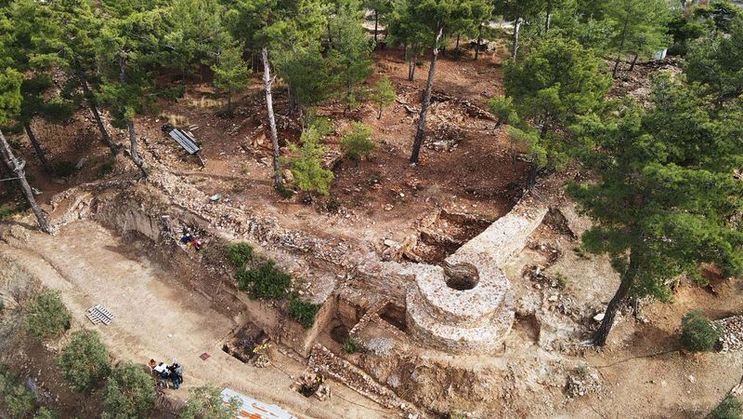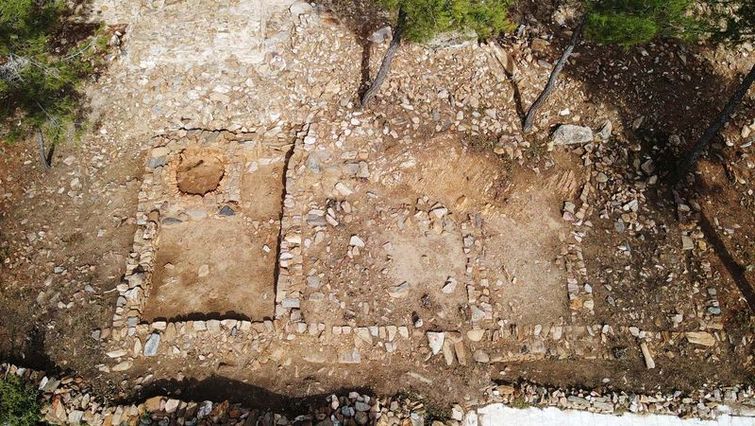
The settlement at Asarcık Tepe, which dates back to the Hittites, has structures from the Seljuk period
The excavations at Asarcık Tepe, which bears traces of a culture dating back to the 3rd millennium BC, revealed dwelling and bakery structures dating back to the Seljuk period.
Asarcık Tepe is especially important as a Hittite settlement and therefore it is one of the rare settlements in the region.
Asarcık Tepe is located in the Kavaklıdere district of Muğla, in western Türkiye.

The excavation director, Assoc. Prof. Dr. Bekir Özer, stated that during the excavations initiated in 2021, they first encountered strong Iron Age walls and later reached the Hellenistic layer.
Özer mentioned that Asarcık Tepe was abandoned in the 2nd century BC and that there was a re-settlement during the Middle Ages, this time revealing a Byzantine fortress settlement. He noted that this period is well-preserved.
“The final phase of the site corresponds to the period of the Anatolian Seljuk State. We have encountered traces of the Turkish conquest in many places where we have conducted excavations. After the hill was captured, we see that the first Turks who arrived here in the years 1240-1250 established a settlement on the slopes of the hill. According to preliminary information, this process lasted for about 100 years. This 100-year Turkish period constitutes the last cultural phase of Asarcık Tepe,” he said.

Özer stated, “Coins belonging to Gıyaseddin Keyhüsrev from the Seljuk State period are undoubtedly the most reliable source of information regarding the date of the region’s conquest. The first settlers, from the Turkish perspective, established single-room houses on the eastern and southern slopes of the hill and lived within these house series along the city walls for several generations. The most fundamental data that has reached us from them are the kilns. We observed that they built kilns both inside and around the structures.”
Excavations in the area have uncovered examples of beaked jugs, bowls, and pottery fragments from the 2nd millennium BC, which indicate communication with the Aegean coast.

The findings include artifacts related to the Phrygian and Lycian periods, as well as data pointing to the Carian culture. Additionally, coins from the Hellenistic period, specifically those of Alexander, were also discovered.
Due to the destruction of all remains during the capture of the hill in the Middle Ages, there is limited information available from that period.
You may also like
- A 1700-year-old statue of Pan unearthed during the excavations at Polyeuktos in İstanbul
- The granary was found in the ancient city of Sebaste, founded by the first Roman emperor Augustus
- Donalar Kale Kapı Rock Tomb or Donalar Rock Tomb
- Theater emerges as works continue in ancient city of Perinthos
- Urartian King Argishti’s bronze shield revealed the name of an unknown country
- The religious center of Lycia, the ancient city of Letoon
- Who were the Luwians?
- A new study brings a fresh perspective on the Anatolian origin of the Indo-European languages
- Perhaps the oldest thermal treatment center in the world, which has been in continuous use for 2000 years -Basilica Therma Roman Bath or King’s Daughter-
- The largest synagogue of the ancient world, located in the ancient city of Sardis, is being restored











Leave a Reply